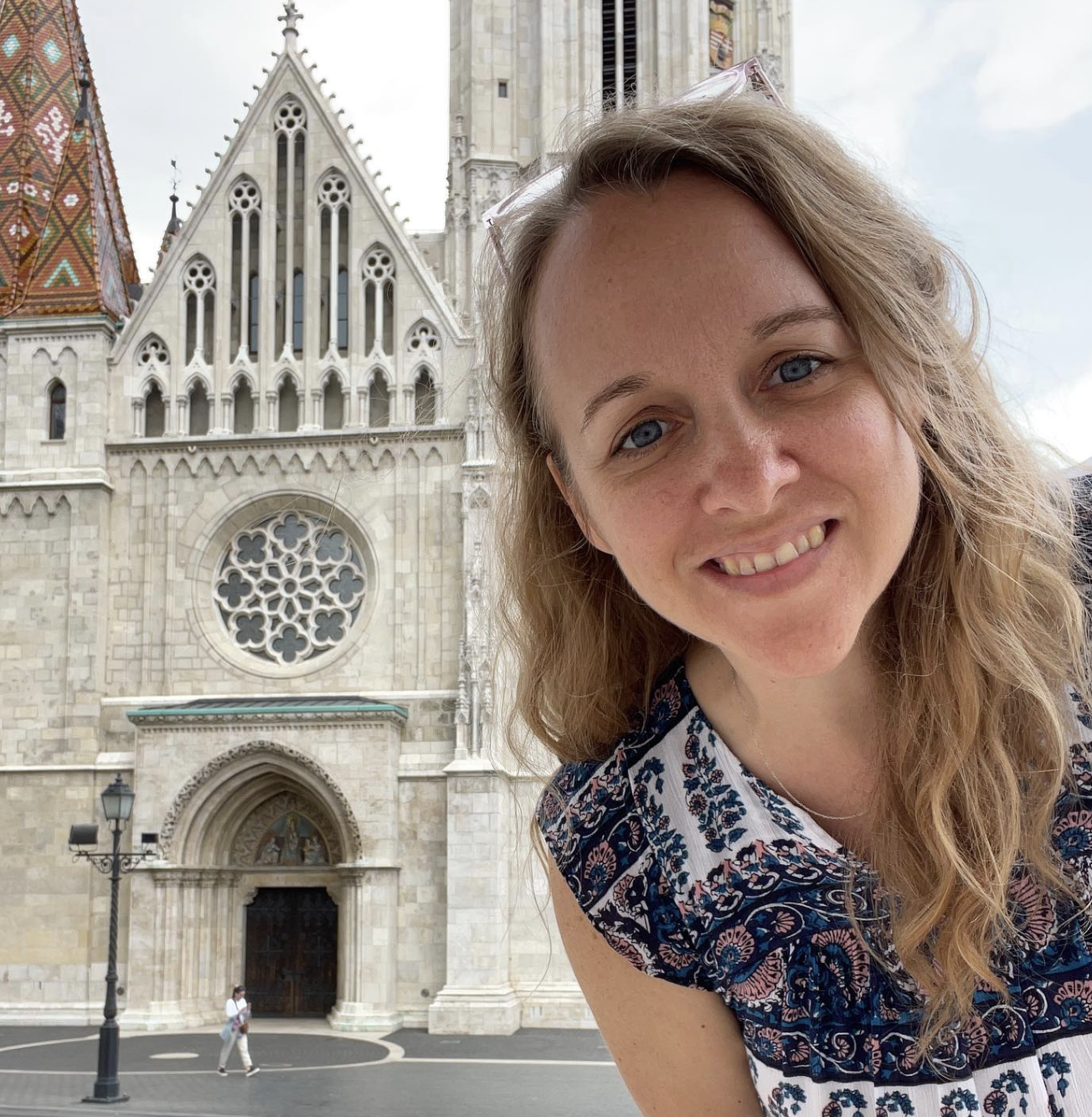New York City, Tampa, FL and Wyoming Selected for Competitive Pilot Programs
Dear Colleague,
We would like to cordially invite you to contribute a book chapter to a forthcoming book entitled " Security and Privacy in Cyber-Physical Systems: Foundations and Applications", which will be published by Wiley (https://sites.google.com/site/wileycpsspbook/).
Cyber-physical systems (CPS) are engineered systems that are built from, and depend upon, the seamless integration of computational algorithms and physical components. Advances in CPS will enable capability, adaptability, scalability, resiliency, safety, security, and usability that will far exceed the simple embedded systems of today. CPS are subject to threats stemming from increasing reliance on computer and communication technologies. Security threats exploit the increased complexity and connectivity of critical infrastructure systems, placing the Nation’s security, economy, public safety, and health at risk. CPS blur the lines between infrastructural and personal spaces when they provide convenient access to public services or bridge the gap between personal property and public infrastructure. This blurring is being engineered into the Internet of Things (IoT), an important exponent of CPS. With IoT, personal CPS (like phones, appliances, and automobiles) bearing personal data can reach up into public infrastructures to access services. This connectivity can result in leakage of personal data with attendant privacy concerns.
The purpose of the book is to refine an understanding of the key technical, social and legal issues at stake, to understand the range of technical issues affecting hardware and software in infrastructure components, as well as the blending of such systems with personal CPS. This book will present the state of the art and the state of the practice of how to address the following unique security and privacy challenges facing CPS.
Call for Book Chapter Proposals
Chapter Proposal Submission by September 27, 2015.
Submission Procedure:
Please email your abstract (max. 500 words) by September 27, 2015 to cps.wiley@gmail.com.
Tentative Table of Contents – additions to the topics listed below are much welcome!
Part I: Foundations and Principles
Chapter 1. Cybersecurity and Privacy: Past, Present and Future
Chapter 2. The interplay of Cyber, Physical, and Human elements in CPS
Chapter 3. Adaptive attack mitigation for CPS
Chapter 4. Authentication and access control for CPS
Chapter 5. Availability, recovery and auditing for CPS
Chapter 6. Data security and privacy for CPS
Chapter 7. Intrusion detection for CPS
Chapter 8. Key management in CPS
Chapter 9. Legacy CPS system protection
Chapter 10. Lightweight crypto and security
Chapter 11. Threat modeling for CPS
Chapter 12. Vulnerability analysis for CPS
Part II: Application Domains
Chapter 13. Energy
Chapter 14. Medical
Chapter 15. Transportation
Chapter 16. Physical Infrastructure
Chapter 17. Manufacturing
Chapter 18. Building
Chapter 19. Agriculture
Chapter 20. Robotics
Chapter 21. Unmanned Aerial Vehicles
Chapter 22. Smart Cities
Please provide the following points in your proposals/abstracts:
1. Title of the contribution,
2. Title of the chapter (of the tentative TOC) if the contribution refers to one of them,
3. Name of author, co-authors, institution, email-address,
4. Content/mission of the proposed article.
Authors of accepted proposals will be notified by the given deadline about the status of their proposals and sent chapter guidelines.
Full Book Chapter:
Complete chapters are required to be submitted to cps.wiley@gmail.com. Author could use LaTex or any word processing tools (MS Word, OpenDocument, etc.) while preparing the chapters. A book chapter is required to be 18 to 25 pages (8,000 to 10,000 words).
Please provide the following points in your contribution:
1. Chapter title
2. Author information (of all authors: title, first name, last name, organization, address, city, zip code, country, email address)
3. Abstract
4. 5-10 keywords
5. Text body
6. Bibliography
Important Dates:
· Chapter Proposal Submission by: September 27, 2015
· Author Notification by: October 11, 2015
· Full Chapter Submission by: November 30, 2015
· Review Results Returned by: December 31, 2015
· Final Chapter Submission by: February 15, 2016
· Anticipated Publication Date: Summer, 2016
Editors:
Houbing Song, West Virginia University, USA. <Houbing.Song@mail.wvu.edu>
Glenn A. Fink, Pacific Northwest National Laboratory, USA. <Glenn.Fink@pnnl.gov>
Gilad L. Rosner, Internet of Things Privacy Forum, UK. <gilad@giladrosner.com>
Sabina Jeschke, RWTH Aachen University, Germany. <sabina.jeschke@ima-zlw-ifu.rwth-aachen.de>
 Submitted by Houbing Song on September 11th, 2015
Submitted by Houbing Song on September 11th, 2015
 Submitted by Georgios Fainekos on August 27th, 2015
Submitted by Georgios Fainekos on August 27th, 2015
 Submitted by Domitilla Del Vecchio on August 27th, 2015
Submitted by Domitilla Del Vecchio on August 27th, 2015
 Submitted by Katie Dey on August 28th, 2015
Submitted by Katie Dey on August 28th, 2015